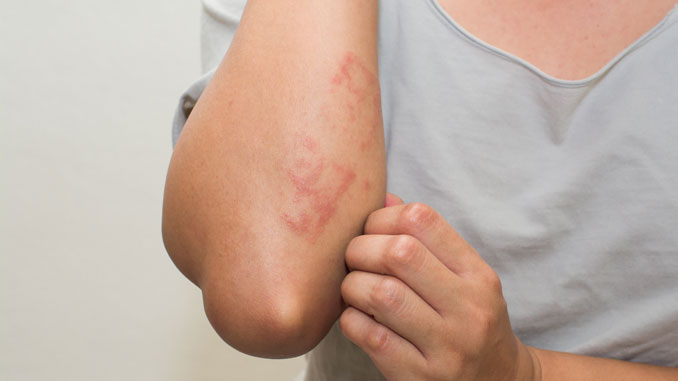
Your skin is the largest organ on your body, and it can be the first indication that something isn’t quite right inside. Pay attention to changes in skin to keep an eye on overall health. Those recent breakouts or sudden rash most likely are not cause for concern, but it could be an indication that you need to make some lifestyle changes or even visit a doctor to be sure.
Skin Rash.
Many skin rashes are caused by allergy, eczema, psoriasis, and other skin conditions. There is a possibility, however, that your skin rash is a sign of illness. Some infections can cause suspect skin rashes. If you see a rash that doesn’t clear up quickly or is accompanied by other symptoms, see a doctor. It could be measles, chicken pox, ringworm, jock itch, or an STI.
Dry skin.
Many people are genetically predisposed to having dry skin, which means your skin produces less natural oils than those with combination, normal, or oily skin. However, in some cases dry skin is a sign of hormonal imbalance or underactive thyroid. If your skin becomes dry, but hasn’t always been dry, and there isn’t a clear reason why, visit your doctor for a blood test to rule these conditions out. Skin can become dehydrated as we age and give the skin a crepey appearance, you should look for the best body lotion for crepey skin to help counteract the effect of aging skin.
Dehydrated skin.
Dehydrated skin looks and feels like dry skin, but it isn’t quite the same. Dehydrated skin needs more water. This is the result of lifestyle choices, not genetics. The best way to fix it is to drink more water, avoid caffeine and alcohol, and eat plenty of fresh fruits and vegetables.
Scaly patches.
Patches of skin that are dry or scaly could be harmless. Lotion up and see if the spots go away. For some, however, these patches are an indication of skin cancer. If you’re worried or if your family has a history of skin cancer, get it checked out. Skin cancer can also appear in irregular moles.
Purple or red dots.
Bleeding into the skin causes dots known as petechiae or purpura. In most cases they are the result of an injury; however, they can be signs of something more severe happening. If you develop these spots but can’t recall an injury that caused them, or if the spots are swollen or painful, seek medical attention. In rare cases, this is a sign of a medical emergency.

